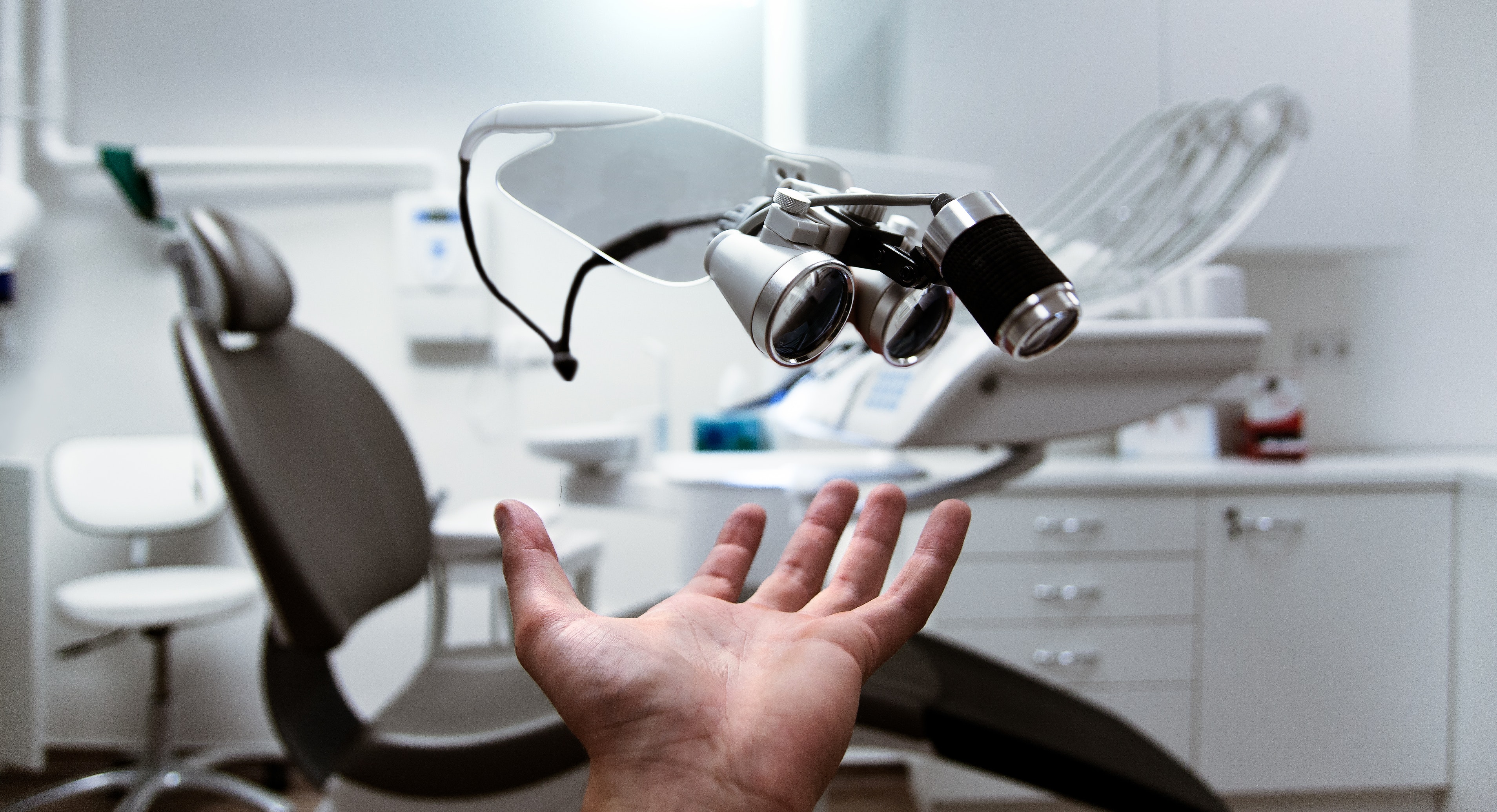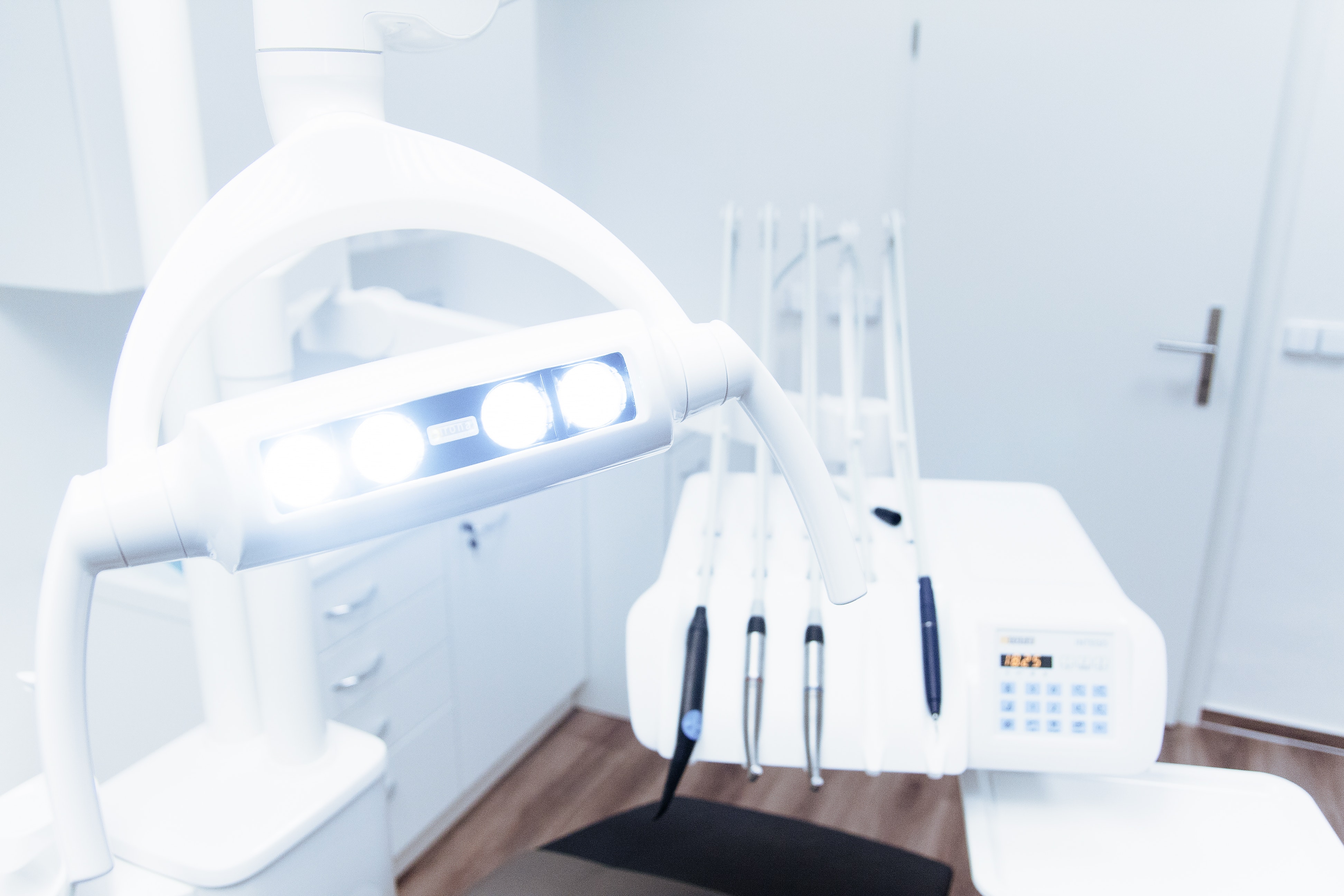Tooth enamel is the hardest substance in the human body. But it’s not indestructible. Under enough pressure or force, teeth can chip. Luckily, there are several ways that a dentist can fix a chipped tooth and restore a smile.

Things that Chip Teeth
Biting down on an ice cube or hard candy might seem harmless, but it can chip a tooth. So can using teeth as a tool to tear or pry something open. These practices should be avoided because of the harm they can do.
A forceful blow to the mouth due to a fall, a car accident, or being hit with a hard object can also chip teeth. Sometimes, chips can happen when a tooth is weakened for some reason. Extensive dental work where filling material takes up more space than actual enamel could be one reason. Chronic bruxism or teeth grinding is another.
Any time a tooth chips, a dentist should be consulted. If the chip is small and there is no discomfort, a patient may choose to wait and simply point it out to their dentist at their next regular checkup.
Some chips, however, can be serious and require an immediate appointment. Bleeding, sharp pain at the root and around the tooth, and sensitivity to hot and cold all indicate a need for emergency care. The patient can bite down gently on a piece of gauze to stop the bleeding and take an over-the-counter pain reliever until they can get in to see the dentist.

Repairing a Chipped Tooth
The method a dentist chooses to fix a chipped tooth depends largely on how big the chip is and its location. As one might guess, the cost also depends on the seriousness and location of the damage.

Recontouring
One way that a chip might be discovered is when the patient can feel it with his or her tongue. When a chip is very small, it might be a minor annoyance. If it is bigger or jagged, it can be painful, cutting into the tongue and lips when they talk or eat.
The dentist can smooth out the rough surface using a small sanding disc or a type of dental sandpaper. Polishing out the sharp edges might be all that is needed, especially if the chip is tiny or in a spot that’s hard to see.

Composite Filling
For a slightly bigger chip, the dentist might choose to reconstruct the tooth using composite filling material. This is the same substance that is used to fill cavities. In most cases, anesthetic won’t be required when filling a tooth chip, because this method is usually used for shallow chips. A deeper break that involves the root will call for a more extensive repair.

Bonding
Bonding is another method that can be used to fix a shallow chip when it’s in a visible location. It’s common to have a chipped front tooth bonded. Bonding uses a tooth-colored resin that is similar to regular filling material but looks much more like natural tooth enamel.
The dentist first etches the chipped area of the tooth. This roughens it up a bit to help hold an adhesive that is applied next. Then, the resin is attached and ultraviolet light is used to harden the substance to the tooth.

Veneers
Veneers may also be used when a chip is on a front-facing tooth. Like bonding, it looks like tooth enamel, but instead of covering only the chip, it covers the entire front of the tooth. Think of how a false finger-nail covers the nail bed—that’s how the hard veneer “shell” covers a tooth.
The concept of applying veneers is almost identical to bonding with an adhesive, followed by the material, then ultraviolet light. But because a veneer covers the whole tooth, the preparation is more extensive. The dentist first has to remove a good portion of the tooth’s surface. Tooth enamel does not grow back, so this will be permanent. The veneer is crafted in a lab to look and feel like the original tooth.
Getting a veneer usually means two visits to the dentist—one to prepare the tooth, and the other to place it. The procedure can also cost more than a crown or root canal. Some patients may feel it’s worth the extra expense for a natural-looking fix to a chip in a highly visible part of their smile.

Crowns
If a large piece of tooth has chipped off, the dentist might recommend a crown. Crowns can be made from a number of different materials from gold or stainless steel to porcelain or resin. They act as a cap that completely covers the tooth.
The dentist starts the procedure by taking impressions of the tooth so a replica can be made in a lab. It might be necessary to drill away more of the tooth, especially if there is decay. They may need to insert a post to shore up the tooth and give the crown something to attach to.
Because crowns cover the entire tooth, they offer more stability than some restorations that just fill the chip. They are fashioned to feel just like real teeth, and if they are made of porcelain or resin, they can match the color too.

Root Canal
A chip that damages the tooth’s root is not only painful but will also require more invasive treatment to fix it. The only way to save the tooth might be a root canal procedure, followed by a crown.
The dentist can determine if he or she can do the root canal procedure, or if the severity calls for an endodontist (root canal specialist) instead. Treatment involves drilling into the root of the tooth and removing the pulp, which is made up of a bundle of nerves and blood vessels. The empty space is then cleaned out and sealed off so that bacteria can’t get inside. A temporary crown caps off the tooth until the next appointment, where a custom made crown is attached.

Extraction
The last resort for a chipped tooth is to pull it. Dentists will do whatever they can to save a tooth, but in some cases, the damage might be too severe. Or, if a patient doesn’t get a chipped tooth fixed, additional pieces could break off, or bacteria could get in causing an abscess.
Leaving an empty space where a tooth has been extracted can lead to the remaining teeth shifting. This can affect the bite and cause jaw problems. There are several options to replace lost teeth, such as dental implants, bridges, and dentures.

Don’t Ignore a Chipped Tooth
It’s a good idea to have a dentist fix a chipped tooth. A tiny chip may seem like a minor problem, but any break in the enamel can let harmful bacteria in, resulting in tooth decay.
A chip can also weaken a tooth, making it more susceptible to further chips, cracks, and breaks. What started out as a small problem could end up being painful and expensive to fix.


